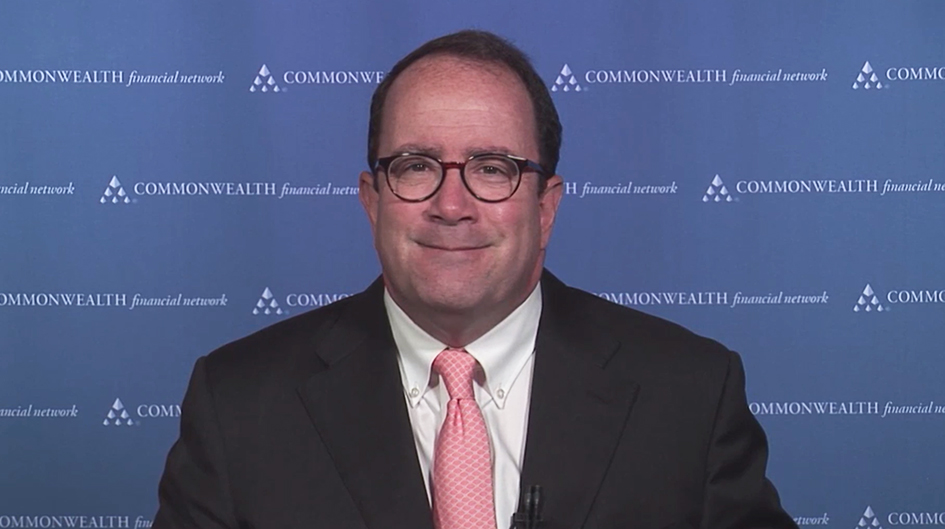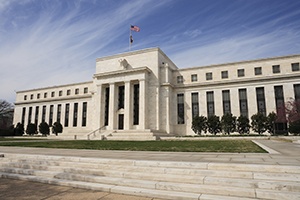September was a fairly good month for investors. Stock markets were up pretty much across the board, for both U.S. and international markets. For the quarter, a strong September took U.S. markets back into the black. International markets, which got hit harder, stayed in the red. But what do these results mean for October? Let’s take a closer look.















